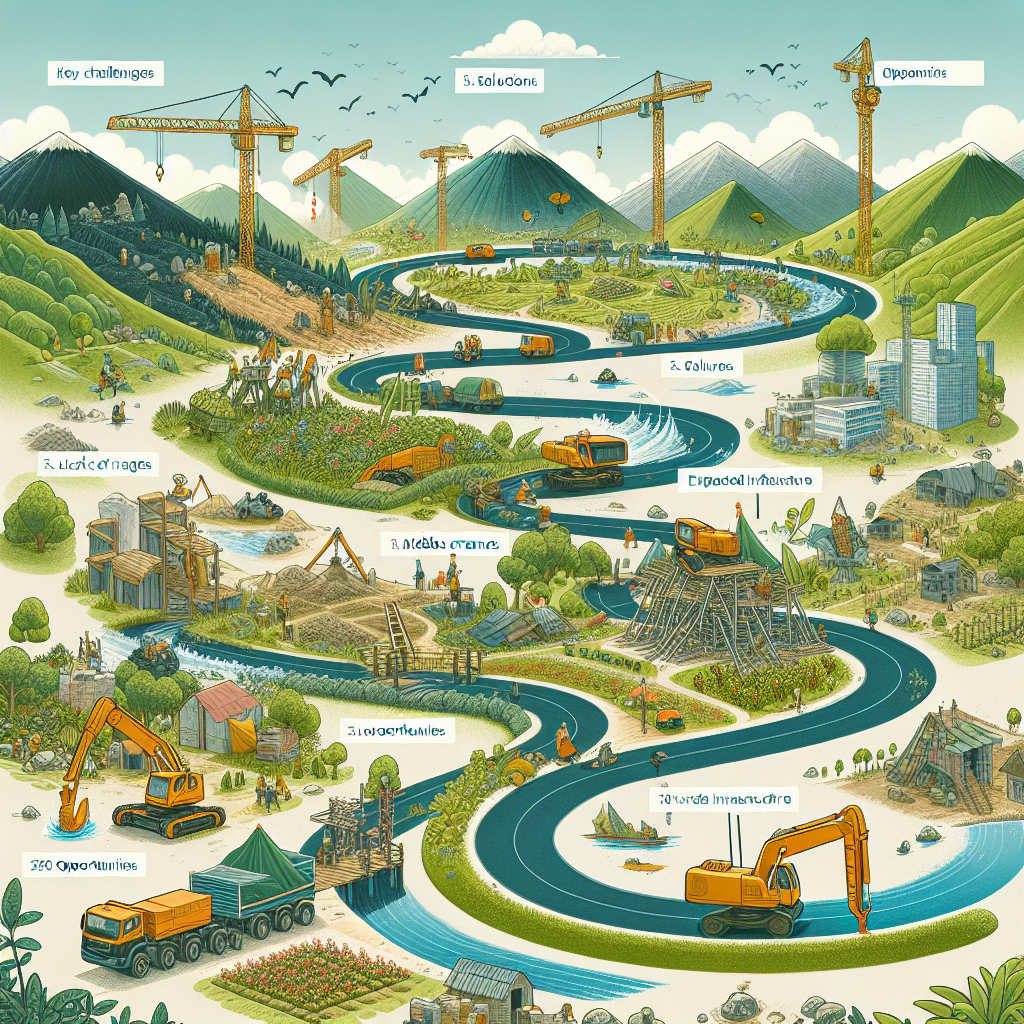Introduction: The Importance of Crane Availability in Rural Development
The availability of cranes in rural areas is a vital factor in promoting sustainable development, agricultural productivity, and infrastructure enhancement outside urban centers. As rural communities strive to modernize, the presence of reliable lifting equipment becomes crucial for projects ranging from farm construction to road maintenance. However, ensuring consistent crane access in remote locations presents unique challenges and opportunities that must be understood and addressed.
Understanding the Current State: Rural Crane Accessibility
Rural areas often face limitations in the availability of cranes compared to cities, mainly due to distance from suppliers, limited infrastructure, and lower demand density. Construction companies and agricultural enterprises in rural settings frequently experience delays and increased costs when attempting to secure crane services for their projects. The lack of local crane fleets or rental options can hinder timely project completion and discourage investment in rural infrastructure.
Key factors influencing crane availability in rural zones:
- Distance from major rental companies and crane suppliers
- Challenging terrain affecting crane transport
- Limited workforce trained to operate cranes
- Lower frequency of large-scale construction projects
- High transportation and mobilization costs
Common Applications of Cranes in Rural Settings
While urban projects often dominate the conversation, cranes play a vital role in rural areas for a variety of applications, such as:
- Agricultural infrastructure (grain silos, barns, irrigation systems)
- Road and bridge construction
- Wind farm installation and maintenance
- Utility line erection and repair
- Water tank and well drilling operations
The availability of cranes directly impacts the speed and safety of these essential projects.
Challenges Limiting Crane Availability in Rural Areas
Multiple obstacles restrict the availability of cranes in rural areas:
- Lack of Local Suppliers: Most crane rental companies are based in urban centers, making it difficult to serve distant rural clients efficiently.
- Logistical Hurdles: Poor road conditions, narrow access paths, and difficult terrain can complicate crane transport and setup.
- High Mobilization Costs: The expense of transporting heavy equipment over long distances often increases project budgets, sometimes making crane use unaffordable for smaller operations.
- Limited Skilled Operators: A shortage of trained crane operators in rural regions further limits the practical use of available equipment.
- Fleet Size and Versatility: Rural crane fleets, if they exist, are often smaller and may lack specialized cranes for unique projects such as wind turbine erection or large-scale bridge work.
Innovative Solutions to Improve Crane Access in Rural Regions
To enhance the availability of cranes in rural areas, industry stakeholders and communities are exploring several promising approaches:
1. Localized Crane Ownership and Cooperative Models
Agricultural or construction cooperatives can jointly invest in crane equipment, sharing both costs and usage among members. This model increases equipment utilization and ensures more consistent access for rural projects.
2. Mobile Crane Rental Services
Companies are increasingly offering mobile crane rental services with flexible transportation options, tailored for rural job sites. By deploying all-terrain cranes and modular equipment, they can serve more remote areas efficiently.
3. Operator Training Initiatives
Community colleges and technical schools in rural regions are creating training programs for crane operation, helping to address the shortage of skilled workers and improving local project capacity.
4. Investment in Infrastructure
Improving rural roads and access paths not only benefits local economies but also makes it more feasible for cranes and other heavy machinery to reach remote construction sites.
Benefits of Improved Crane Availability for Rural Communities
Enhancing crane access in rural areas delivers widespread advantages:
- Faster Project Completion: Reduced wait times for crane mobilization mean quicker delivery of new infrastructure.
- Lower Construction Costs: More local options and reduced transportation expenses help control overall project budgets.
- Increased Safety: Professional crane use reduces the risks associated with makeshift lifting methods or manual labor.
- Economic Growth: Improved infrastructure attracts new businesses and supports agricultural and industrial expansion.
- Community Empowerment: Local ownership and skilled operators create jobs and keep investment within the community.
Case Study: Successful Crane Deployment in a Rural Wind Farm Project
In a recent wind energy project in a remote farming community, the lack of nearby crane services initially threatened delays and budget overruns. By partnering with a regional mobile crane provider and implementing on-site operator training, the project team was able to assemble turbines efficiently and ahead of schedule. The broader community now benefits from both increased access to heavy lifting equipment and a new source of skilled employment.
Future Trends: The Evolving Landscape of Crane Availability
As rural economies continue to grow and diversify, the demand for crane services is projected to rise. Innovations such as modular cranes, drone-assisted site surveys, and remote monitoring technology will further enhance the feasibility of crane use in rural settings. Public and private investment will be critical to ensuring that crane availability in rural areas keeps pace with the needs of modern agriculture, infrastructure, and renewable energy development.
Conclusion: A Path Forward for Rural Crane Accessibility
The availability of cranes in rural areas is essential for sustainable growth and the well-being of communities outside major urban centers. By addressing logistical, financial, and educational barriers, stakeholders can unlock new opportunities for rural development and bridge the gap between rural and urban infrastructure capabilities. With continued innovation and investment, cranes will become an increasingly accessible and transformative tool for rural progress.
